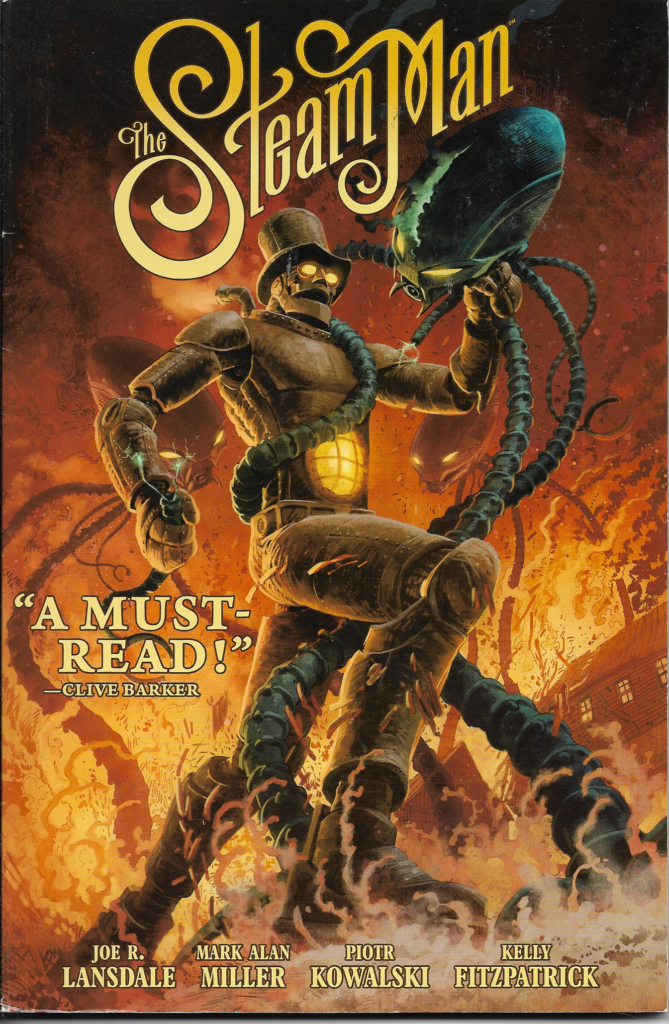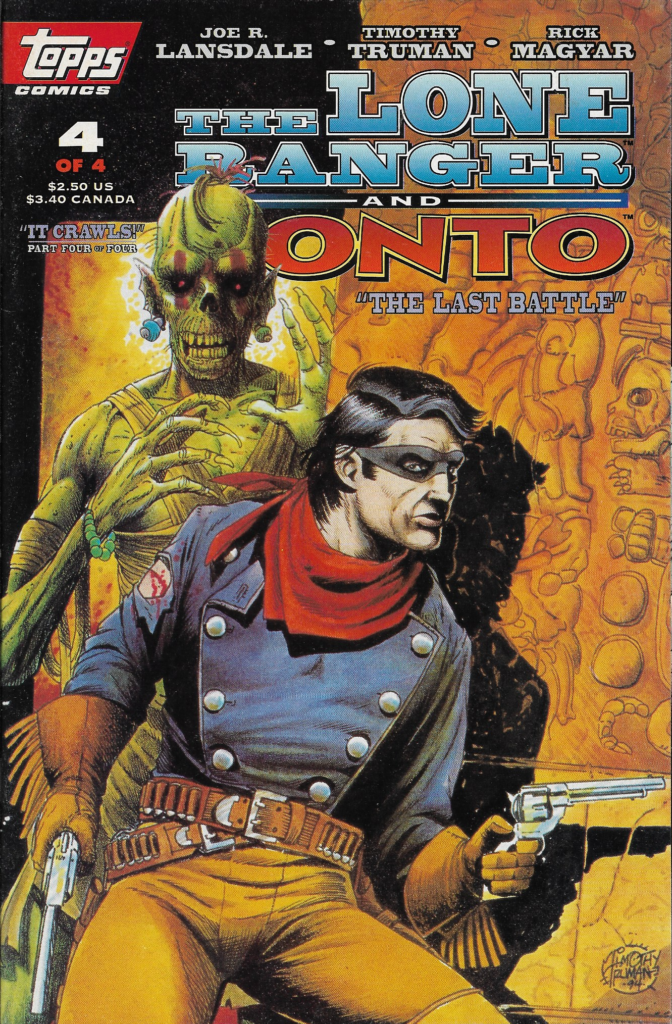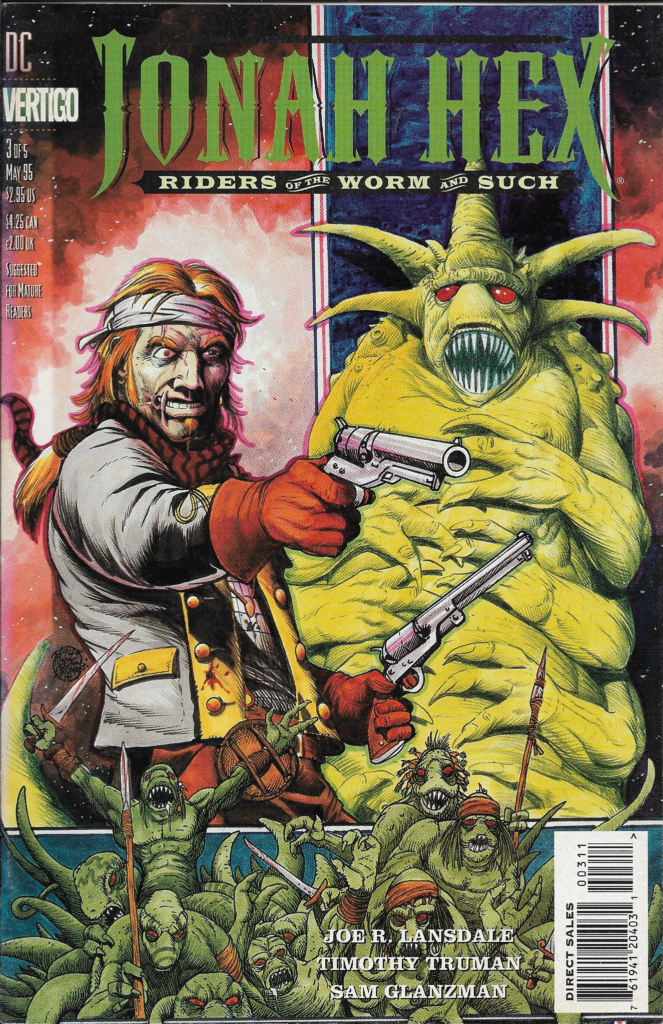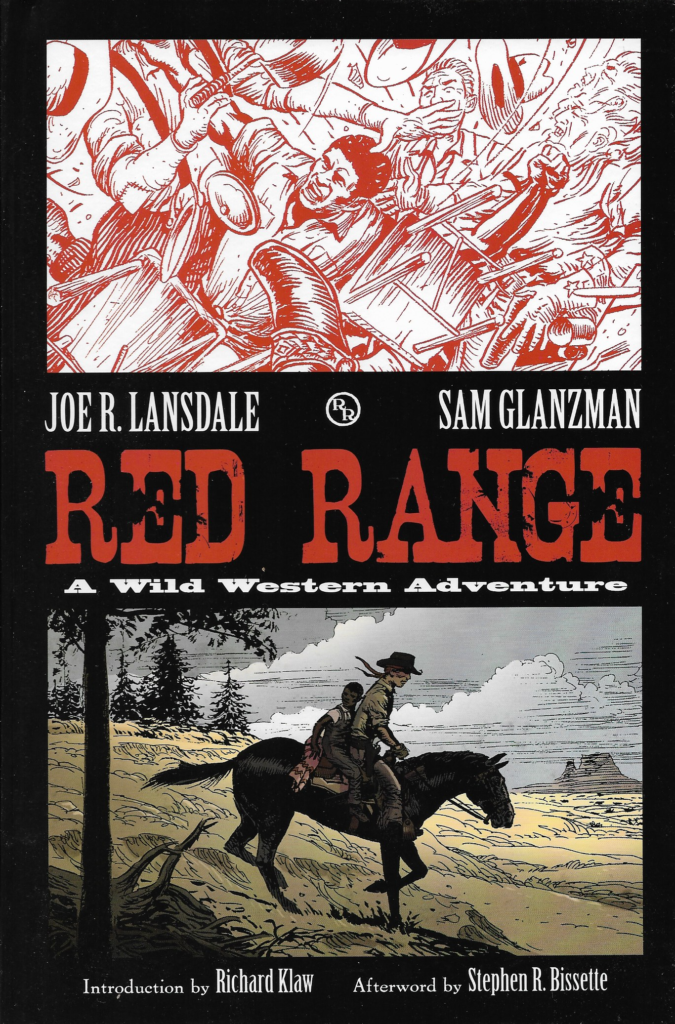So Howard Waldrop and I reviewed Iron Man 2 over at Locus Online. (Executive Summary for the tl;dr crowd: If you liked the first one, you’ll like the second one.) But one point I touch on, albeit briefly, is the question of just how far you’re willing to embrace the looser standards of scientific plausibility used in comic books in a movie that is (technically, ostensibly) science fiction. And frequently “looser” means “non-existent.” (Read the review for thoughts on Tony Stark’s DIY basement particle accelerator.)
The ground-rule of just about any genre work, and certainly speculative fiction, is internal consistency, i.e., the story must play by the rules, and make sense according to, the work’s own internal frame of reference. If it’s a work of science fiction, you can’t just have someone breath in vacuum just because it’s convenient for your plot, you have to provide some sort of mechanism by which they breathe so as not to violate the contract with the reader that the internal consistency requirements of science fiction will be maintained.
In most superhero comics (warning: unlike Howard, I haven’t read every damn comic in the world in my youth, so pardon me if my gross generalizations are gross and general), the scientific plausibility starts out a bit more loosely defined than in your average SF (or fantasy, or horror) story, and gets looser still as time goes on and our hero goes up against an ever-expanding array of villains with ever-more exotic powers. (Never mind the ever-expanding implausibility of that many super-powered individuals running around, the vast majority of whom seem to prefer fighting crime or each other rather than getting immensely rich or setting up their own countries.)
So one superhero is implausible enough. But then you get to something like the Marvelverse, where every possible combination of overpowered individual (Mutants! Aliens! Gods! Demons!) possessing every possible superpower (Magic! Time-travel! Teleportation! Mind-reading! Super-strength! Super-healing! Super-speed!) exist cheek-by-jowl with each other, then where are you allowed to draw the line on plausibility? “I can buy a super-smart billionaire genius building a tiny fusion reactor out of scrap, but living in the same world as a Norse god? Whoa, stop the ride, I have to step off.”
This is why the most successful of the modern comic-book adaptations (Iron Man and Spider-Man both come to mind) work so hard to establish their protagonist’s connection to every-day life (even if, in Tony Stark’s case, that life is pretty freaking rarefied), because without that grounding, viewers are hard-pressed to buy the comic book elements that would seem patently absurd in a realistic movie or novel. It’s also why comic book universes tend to have a giant retcon every now and then to trim the most unlikely branches off that universe (Crisis on Infinite Earths, anyone?).
Granted, the Hollywood standards of plausibility in the average science fiction film, and the average action film (the two genres superhero films drink most deeply from) has been steadily slipping, to the extent they were ever present at all. (Though I should point out that I’m excluding deliberately insane, over the top films like Crank 2 that make no effort to be realistic.) But the race for ever-more-insane set pieces to sate ever-more-jaded tastes must eventually reach the point of diminishing returns; if everything is possible, then nothing is interesting. Which is why superheroes are driven as much by their constraints as by their powers.
Tony Stark and Bruce Wayne are the most interesting subjects for movies because they have no traditional superpowers, owing their status to supreme intelligence, personal training, technological prowess and unlimited bank accounts. By contrast, Superman is the least interesting superhero, being able to do essentially anything he wants. And the Christopher Reeve Superman where he goes back in time (because, you know, Superman simply wasn’t powerful enough already) brings up the question: Why do we care whether Superman wins or loses, since he can always go back in time whenever he wants to undo the outcome?
By these standards, a tiny fusion reactor built out of scrap only slightly strains credibility, while a prism that bends particle beams (rather than light) gets fundamental physics so fundamentally wrong that it shatters it. I also think that you have to take a movie’s basic premise as a given. Now, I find it perfectly acceptable to draw your own line of personal disbelief at, or well before, miniature fusion reactors. But if so, why would you see any Iron Man movie in the first place?
Note: The Locus site is suffering from the side effects of switching to Word Press as their blog engine, so the review may not be available, or the have the link for it show up on the front page, at any given moment.




















